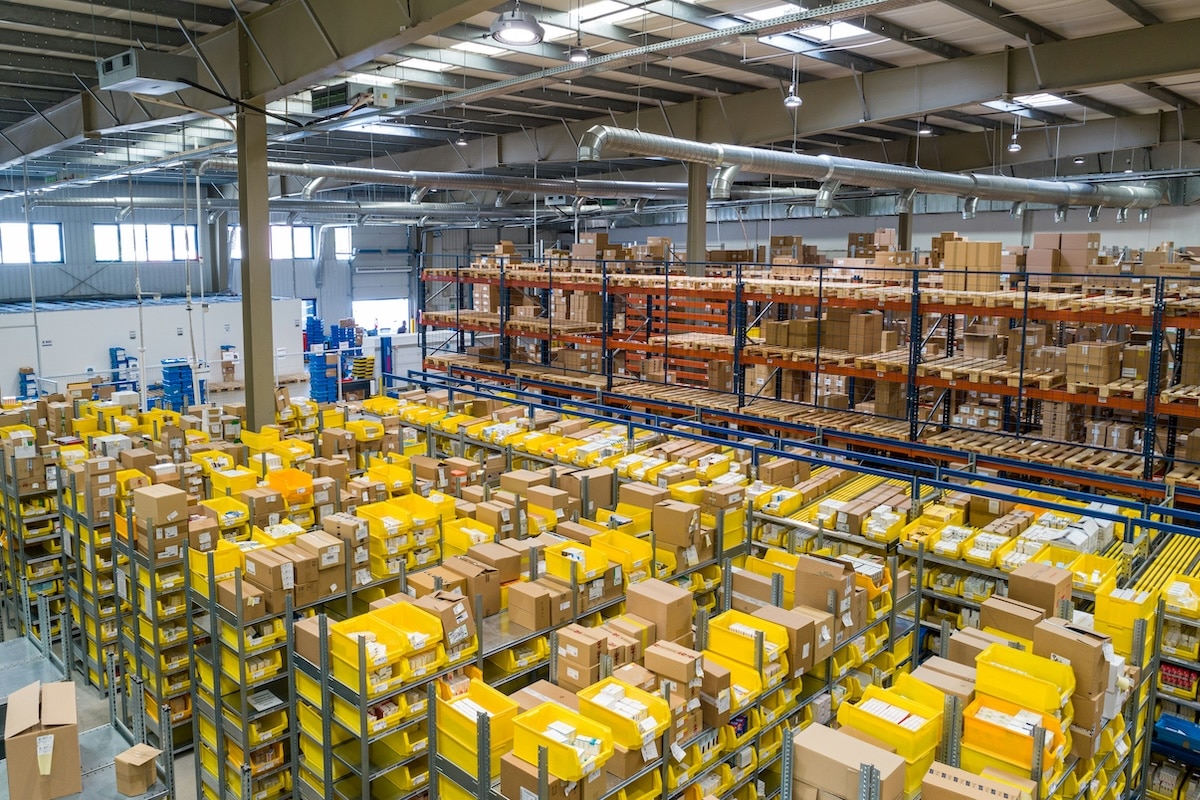Today’s complex supply chains are models of efficiency, honed to be resilient and efficient. Yet, there is one component that remains largely unmanaged despite being a high-impact area that dramatically impacts bottom and top-line results.
If you read this blog, you know I’m speaking of parcel shipping – a mission-critical endeavor for any company that sells online or that depends on the fast and reliable movement of supplies. But despite this, far too few supply chain leaders have visibility over parcel outlays or the ability to proactively control and manage them.
At the most fundamental level, this was why Chad and I created Reveel in 2006. As carrier sales reps, we knew most companies had virtually no visibility over the parcel shipping function and spend, we knew this lack of visibility subjected them to dramatically higher shipping costs, and we knew there must be a better way.
We were not the only ones to explore such issues, but that vision ultimately led to the expansion of our consulting practice and the creation of Reveel’s Parcel Spend Management (PSM) 2.0 technology and the platform that hundreds of leading brands now use to attain and act on real-time shipping intelligence. Today, our average customer on the platform sees their parcel shipping costs decrease by 22% and many achieve much higher–often exponentially higher–savings by applying the strategic and actionable insights it delivers.
That thought came to mind as I read the findings of our recent survey of 150 supply chain and logistics leaders. Respondents were diverse, with 37% allocating between $2 million and $10 million for parcel shipping, 42% setting aside between $10 million to $50 million, and more than a fifth – 21% – budgeting to spend more than $50 million on parcel shipping this year. Importantly, the majority, 87%, expect shipping volumes to increase.
Even so, some 44% of those same respondents say they lack insight into shipping costs, arguably the most basic metric and a clear indicator that parcel spend is unmanaged. Even on the low end of $2 million, a savings of 22% is significant.
The irony that such savings opportunities exist in what are otherwise tightly controlled supply chains is only made more noteworthy by current trends. Major parcel carriers are becoming very creative in their pricing schemes as they overtly strive to implement dynamic pricing strategies and increasingly introduce new surcharges, rules and fees with little or no warning.
In such an environment, businesses that lack real-time visibility over their parcel spend and the ability to proactively manage it – something powerful analytics and modeling make possible–will incur significant and additional costs. Fortunately, PSM 2.0 enables leaders to manage the parcel shipping function and outlays with the same discipline and strategic mindset that is taken for granted in other areas of the supply chain.
Whether comparing carrier contracts, attaining real-time alerts when new surcharges emerge, providing insights to finance and operations, or creating and managing an effective multi-carrier approach – something 91% of respondents say they plan to do to reduce costs – there is a solution. Leaders can now optimize the crucial last mile of their supply chains with ease.
In a time when challenges, including an ongoing tariff war, threaten to increase costs, gaining control where you can is more important than ever. To learn more about the parcel shipping landscape, what’s driving costs and steps businesses are taking to address them, read our full survey, or sign up for a free demo of PSM 2.0.



